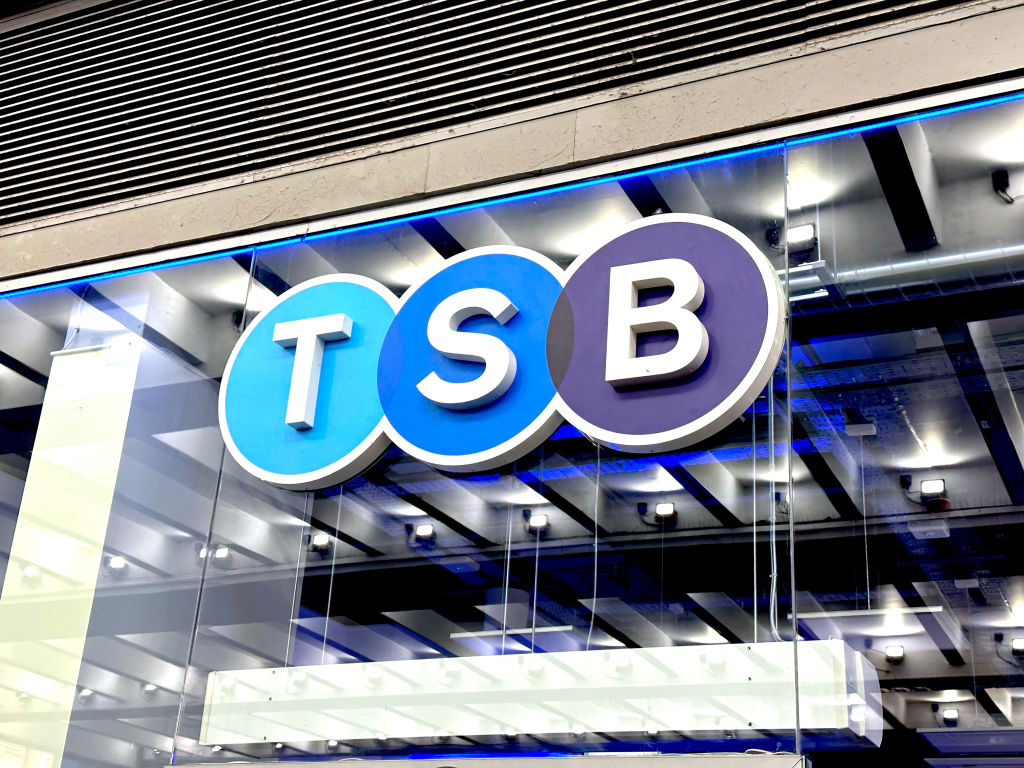Return on capital
Return on capital is one of the most useful ratios when it comes to measuring the performance of a company.
Return on capital is one of the most useful ratios when it comes to measuring the performance of a company. The basic sum is simple: you just express a firm's net profit as a percentage of the capital the company has used - both shareholders equity (the net assets of the company that belong to the shareholders - the balance of assets and liabilities) and debt (long term and short term).
For the firm to be adding value, the return on capital should be greater than the cost of capital and, all things being equal, a firm making high return on capital should be considered superior to one making a lower return.
In most cases, however, all things are not equal. You would, for example, expect service companies, such as an advertising or design agency, to have higher returns on capital (as they have little in the way of physical assets and much in the way of intellectual capital, which is not accounted for in this calculation) than very capital-intensive companies, such as car manufacturers. This means that care must be taken when comparing the return on capital of different firms.
Subscribe to MoneyWeek
Subscribe to MoneyWeek today and get your first six magazine issues absolutely FREE

Sign up to Money Morning
Don't miss the latest investment and personal finances news, market analysis, plus money-saving tips with our free twice-daily newsletter
Don't miss the latest investment and personal finances news, market analysis, plus money-saving tips with our free twice-daily newsletter
If a firm generates operating profits (also known as earnings before interest and tax, or EBIT) of £80m and carries debt of £400m plus shareholders' funds of £400m, then return on capital employed is 80/800 x 100%, or 10%. This is the return to both lenders and shareholders the higher, the better. It may be compared to the return available from other investments.
A common variant is return on equity, or ROE. This uses operating profit after interest charges as a percentage of just shareholders' funds. So if interest charges were £20m, then ROE would be (80-20)/400 x 100%, or 15%. This is the return the firm makes for its shareholders only.
Get the latest financial news, insights and expert analysis from our award-winning MoneyWeek team, to help you understand what really matters when it comes to your finances.
MoneyWeek is written by a team of experienced and award-winning journalists, plus expert columnists. As well as daily digital news and features, MoneyWeek also publishes a weekly magazine, covering investing and personal finance. From share tips, pensions, gold to practical investment tips - we provide a round-up to help you make money and keep it.
-
 What Santander’s takeover of TSB means for customers
What Santander’s takeover of TSB means for customersSantander is set to buy rival TSB for £2.65 billion. What does it mean for customers, and could we see the TSB brand disappear from the high street?
-
 How to find active fund managers that are worth paying for
How to find active fund managers that are worth paying forActive funds are unlikely to beat a cheap tracker on average, but can be valuable in certain markets

